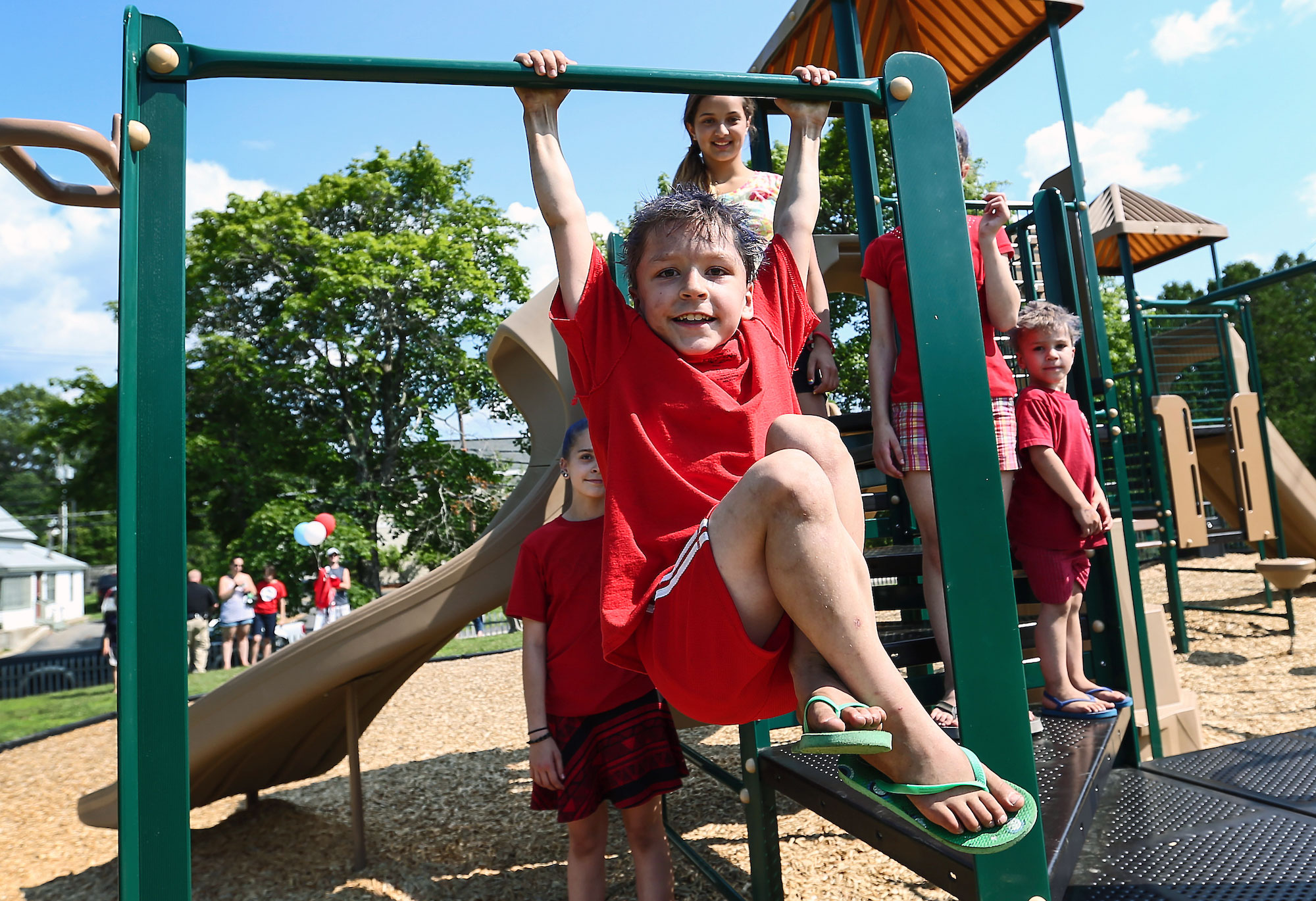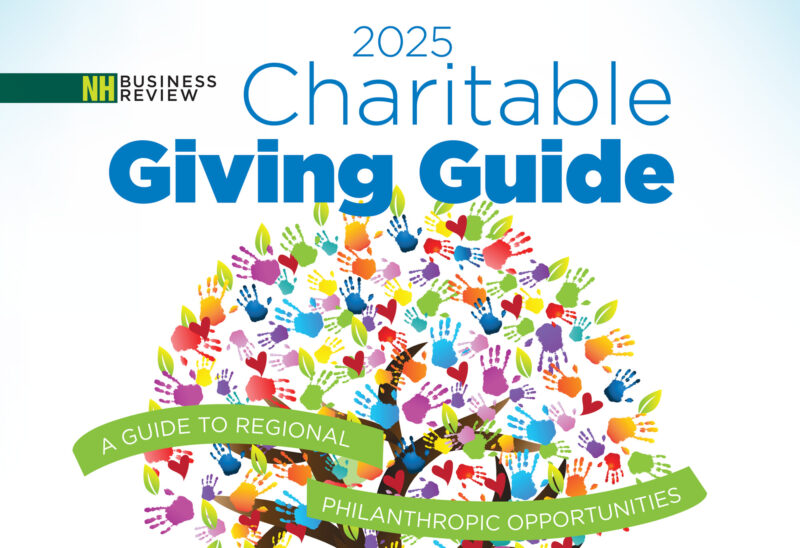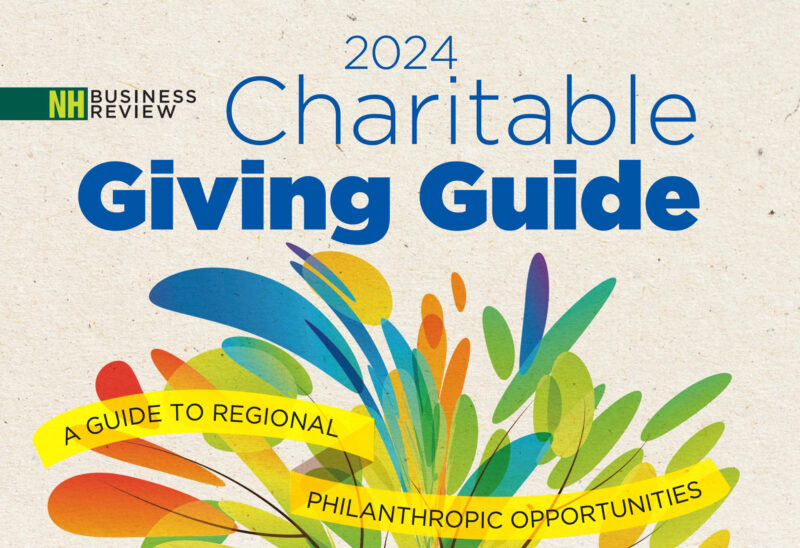The country’s first donor-advised fund was created at a community foundation during the Great Depression, and generous people have been using DAFs to meet critical community needs ever since. DAFs, which are simple and quick to set up, are now the fastest-growing type of giving tool in the United States. The first donor-advised fund at the New Hampshire Charitable Foundation was established in 1972, ten years after the Foundation was incorporated. Because community foundations are grantmakers with deep roots in communities they serve, they are expert at connecting donors with local needs and effective nonprofit organizations; bringing donors together to make meaningful change; multiplying the value of charitable dollars and including fund-holders in initiatives to improve the communities they serve.
Here are six ways in which donor-advised funds at community foundations are powerhouses of giving — and of community engagement:
1. Donor advised funds are a way to involve the whole family.
Many families use their donor-advised funds at the Foundation as a way to connect and share values through giving.
Kate Harrison’s family initially had a fund at a large financial institution, but transferred it to the Foundation. “There is so much more that they offer in taking care of you, and helping guide you, and real personal service,” she said.
The Harrison family has made giving a group endeavor, and used their fund to help pass down their philanthropic values.
“We have really wanted to make sure that the idea of charitable generosity — and gratitude for the fact that we have what we need — is passed on to the kids. That idea was more important to us than anything else, and it is hard in a world that is so materialistic,” she said.
Every year at Christmas, the family would spend time together deciding where to recommend grants from their DAF — and then ask extended family members to give to those same organizations instead of buying gifts.
The Harrisons opened new donor-advised funds at the Foundation for each of their children on their 18th birthdays. “I feel like it shouldn’t be something that just people over 40 know about and that’s another reason why I wanted my kids to get involved,” Harrison said. “The future of philanthropy is in the younger generations. They love finding a cause and learning how to make a difference, and they know how to use social media to share what is important to them.”
Now, extended family members add to those funds at gift-giving time, adding to the resources that younger generations can give.
2. Strengthen your connections to great work in your own community.
Steve and Carol Gehlbach think of their DAF at the Charitable Foundation as the ultimate local giving tool. Steve likens it to the “locavore” movement for giving. Community foundations help fund-holders be “locanthropists,” with deep connections and understanding of the needs and work being done in their communities. Through the Foundation, the Gehlbachs learned of a nonprofit providing early childhood education and after-school programs to low-income families living in a housing project. “A remarkable woman was almost singlehandedly providing all kinds of resources and support to these families,” Steve said. Having an understanding of that kind of work, Steve said, allows people to “see how much can be done with such a little bit of cash and a tremendous amount of human effort.” The Foundation, he said, “knows these places and connects with the folks that operate them and really has the ability to rally support.”
Lee and John Lamson have worked with the Foundation to learn about a variety of giving opportunities — visiting local organizations with Foundation staff and meeting with nonprofit directors.
“We don’t always know,” about the work that nonprofits are doing, Lee said. “Seeing them helps. There are so many things out there that deserve support.”
3. DAFs provide the ultimate flexibility.
People with donor-advised funds at the Foundation give locally. And they also give globally. Some spend the entirety of their funds right down, some choose to spend a percentage while allowing the principal to build, so funds are available to support good works for generations to come.
Some fund-holders visit and get involved with local nonprofits, learning first-hand. Some recommend grants online, using MyNHCF — which allows fund-holders 24/7 access to their fund information and the Foundation’s “Greater Giving” grant portal, which provides access to dozens of giving opportunities across the state.
Some DAFs are held by individuals and families, some by businesses that use them as tools for corporate philanthropy.
Some choose to maintain anonymity in their giving through their DAFs and have contributions noted simply as coming from an anonymous fund at the Charitable Foundation, others share news about grants from their funds as a way to encourage others to contribute to causes and organizations.
And community foundations allow advisors to name successor advisors and will continue to manage a fund for the donor’s designated purpose in perpetuity — securing donors’ charitable legacies for the purposes they intended.
4. Build community engagement — while multiplying dollars into communities.
At community foundations, donor-advised funds are not simply the province of families and businesses. They are also the province of communities. The Newport Charitable Fund was started at the New Hampshire Charitable Foundation when the local home for aged women ceased operation in 1976. With the advent of Social Security and Medicare and county nursing homes, the community no longer needed its services. The organization’s remaining $500,000 in assets were used to create a donor-advised fund to benefit other community organizations. The fund is advised by a group of community members with deep knowledge of the region who work together to recommend grants to meet critical community needs.
Since the fund began, $3.1 million has been granted to community nonprofits. In the past five years alone, grants of more than a half-million (more than the original fund amount) have been made, including grants to provide dental services to low-income children in schools, to stock the shelves of food pantries, to support programs for single parents studying at the local community college, to combat domestic violence. The fund is poised to continue addressing the needs of this largely underserved region in perpetuity.
The Fund for Greater Claremont is supporting similar good works in that community; the Rolfe & Rumford Fund means the legacy of a long-ago countess is still helping our most vulnerable kids in Merrimack County today; the Neil and Louise Tillotson Fund has, for more than a decade, provided community and economic development support to help revitalize New Hampshire’s North Country.
5. DAFs keep it simple — especially by comparison to running a private foundation.
Donor-advised funds are a simple and more cost-effective alternative to creating and running a private foundation, because your community foundation handles the administration — so you can focus on your giving. Estate attorney Alexandra Breed had a client who had been administering a small, private family foundation. The work was complex, and the client was concerned that her assets were not being invested in the most beneficial way. “The whole process of running this thing was a great deal of fun but somewhat problematic,” Breed said. Her client decided to transfer the assets into a donor-advised fund instead. The Foundation invests the assets and administers the fund, and the fund-holder makes recommendations for how the grants are distributed.
6. At community foundations, DAFs multiply giving power.
“Most of us are small potatoes when it comes to philanthropy,” said John Swope, who has a donor-advised fund at the Foundation, “but when you put a lot of us together, we can make a difference.” Community foundations are hubs where like-minded donors can pool charitable resources to do more together than any of them could alone. Foundation donors with DAFs have come together to protect Great Bay, to build playgrounds, provide health care to families in need, to send kids to summer camp — and more. And community foundations bring in additional outside funding to match that given locally — multiplying gifts made. Since 2009, the Charitable Foundation has brought in more than $82.5 million from national foundation grants, federal funds and other sources to multiply the power of local giving.
The Charitable Foundation works with generous families, businesses and individuals to help them achieve their charitable goals. To learn more about donor-advised funds, other charitable vehicles and how the Foundation can help amplify the power of your giving, please be in touch with Laura Rauscher, Director of Philanthropy, at 800-464-6641 ext. 274 or ynhen.enhfpure@aups.bet.













![Oluwakemi Olokunboyo of Dover received a McNabb scholarship to study nursing at Great Bay Community College [Photo by Cheryl Senter]](https://www.nhcf.org/wp-content/uploads/2024/05/Scholarship-Hero-800x548.jpg)
![Indrika Arnold, Senior Wealth Advisor, the Colony Group [Photo by Cheryl Senter]](https://www.nhcf.org/wp-content/uploads/2024/05/Indrika-Arnold-Hero-800x534.jpg)




